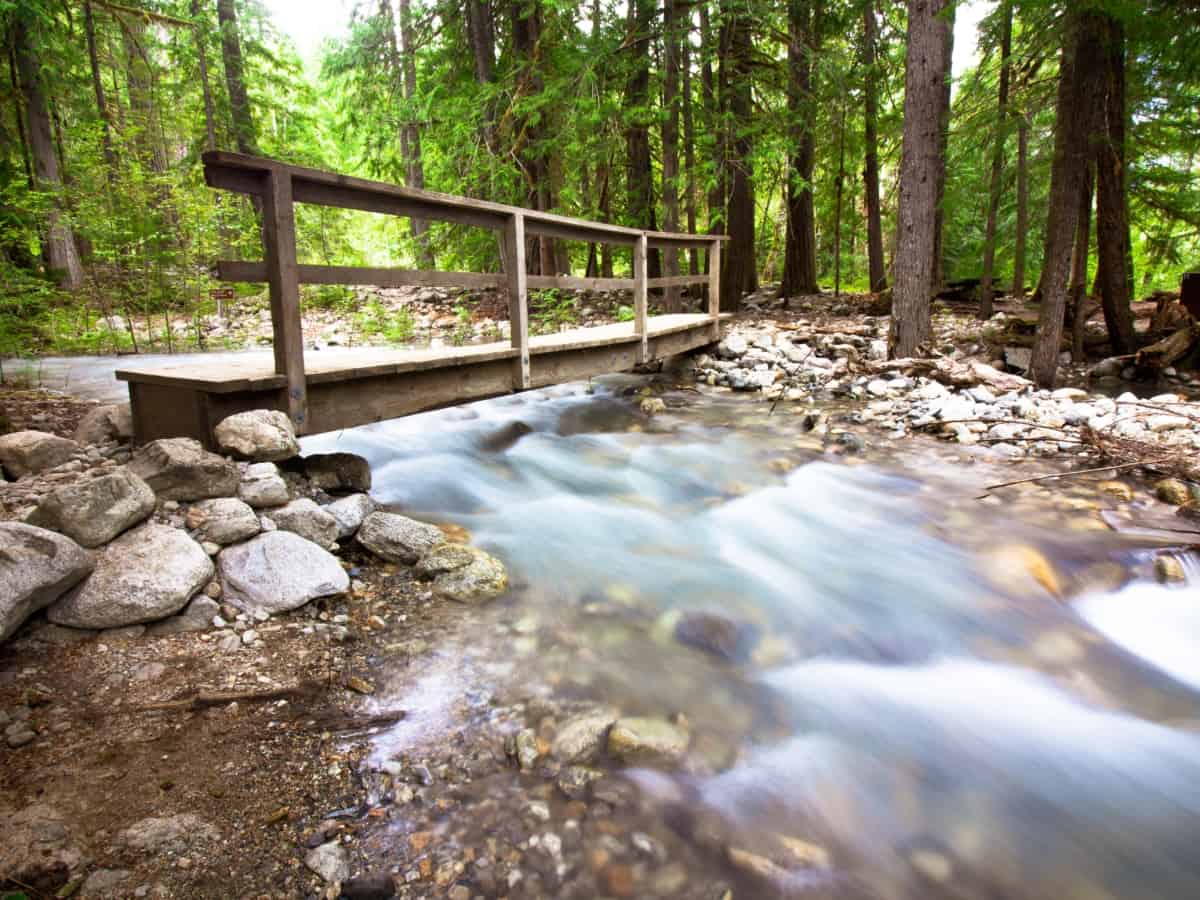
Tips for social distancing and the outdoors
Suggestions for practicing social distancing in the outdoors during the COVID-19 pandemic
Pay very close attention to your health and how you’re feeling. No matter how tempting a short hike or bicycle ride might seem, if you’re feeling at all unwell, please stay home!
Stay local as much as possible
- Now is a good time to explore trails, parks and outdoor spaces close to your home, including those in the city or suburbs. Traveling long distances to a trailhead or recreation area risks spreading the virus to other communities, especially if you are from King, Snohomish or Pierce counties where community infection is widespread. Doing what we can to limit opportunities for spreading the virus to rural communities where medical services are already a scarce resource is important.
- Think about what you really need from nature at the moment, and whether you can obtain it without interaction with remote communities.
- While in the outdoors, do your best to continue to maintain a six-foot distance from others. Be mindful of those around you. Consider broad beach or boardwalks, birding at state wildlife areas, hiking on gated forest roads, or other outdoor activities that minimize the potential for close encounters on narrow trails.
- Here’s a list of federal lands and national park closures: www.nationalparkstraveler.org/2020/03/coronavirus-and-national-parks-whats-closed
- “As wilderness hubs shutter their gates to visitors, what’s an outdoor lover to do during a pandemic?”
Bring your own lunch and limit stops
We usually encourage boosting local economies while you’re out. But if you choose to spend time outside during the pandemic, try to limit contact with others, and don’t stop for a beer or a bite to eat on your way back home. If you’re not bringing food from home, consider ordering takeout and ask if they can deliver it to your car and if you can pay with card over the phone.
Postpone group activities
Choose your adventure partners carefully. Avoid crowds and groups, especially those of more than five people. If you head outside with a buddy, be very careful. If they aren’t someone you’re already in close contact with, such as a family member or roommate, it’s best to avoid those interactions for now.
Maintain excellent hygiene
Frequently washing your hands and/or sanitizing isn’t limited to when you’re in places with a lot of people. Keep yourself (and your things) clean, especially while traveling to and from the outdoors.
Avoid risky or potentially dangerous activities
If you’re going to spend time in the outdoors, take it easy. Hospitals and emergency rooms should be prioritized for those who are sick, so don’t partake in activities that are more prone to injury. If you choose to go outdoors alone, take proper precautions by packing all necessary safety equipment and letting someone know where you are going, what your plans are, and when they should expect you back (and don’t forget to tell them when you do get back!).
*EDITOR’S NOTE: THE FOLLOWING RECOMMENDATIONS WERE REVIEWED AND INFORMED BY MEDICAL EXPERTS, BUT WE AT CNW ARE NOT PUBLIC HEALTH PROFESSIONALS. WE BELIEVE THESE SUGGESTIONS ARE APPROPRIATE GIVEN CIRCUMSTANCES IN WASHINGTON STATE AT THIS TIME, AND WE’LL MAKE EDITS OR UPDATES AS NEEDED. HOWEVER, CONDITIONS ARE CHANGING VERY RAPIDLY. PLEASE STAY TUNED TO THE CENTER FOR DISEASE CONTROL, LOCAL AND STATE ELECTED LEADERS, LAW ENFORCEMENT AND HEALTH DEPARTMENTS FOR THE MOST UP-TO-DATE RECOMMENDATIONS AND PUBLIC SAFETY ORDERS.

